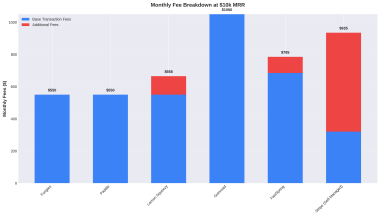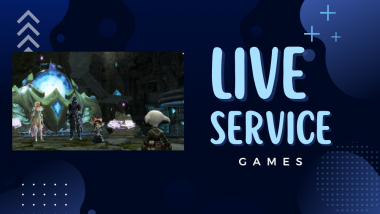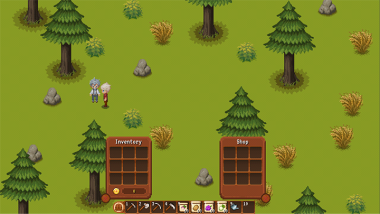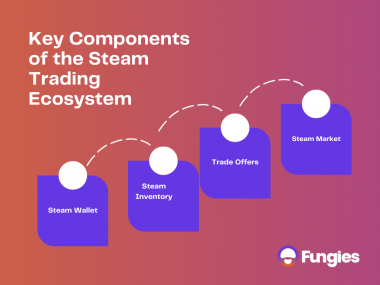Once indie developers secure funding, an array of opportunities in marketing and distribution unfold. Proper funding allows developers to solidify their game’s identity and deliver their narrative efficiently, ensuring the game stands out in a saturated market.
After acquiring funding, the journey begins with exploring effective marketing strategies and optimizing the overall player experience, establishing a strong connection between the game and its audience.
Leveraging Funding for Robust Marketing
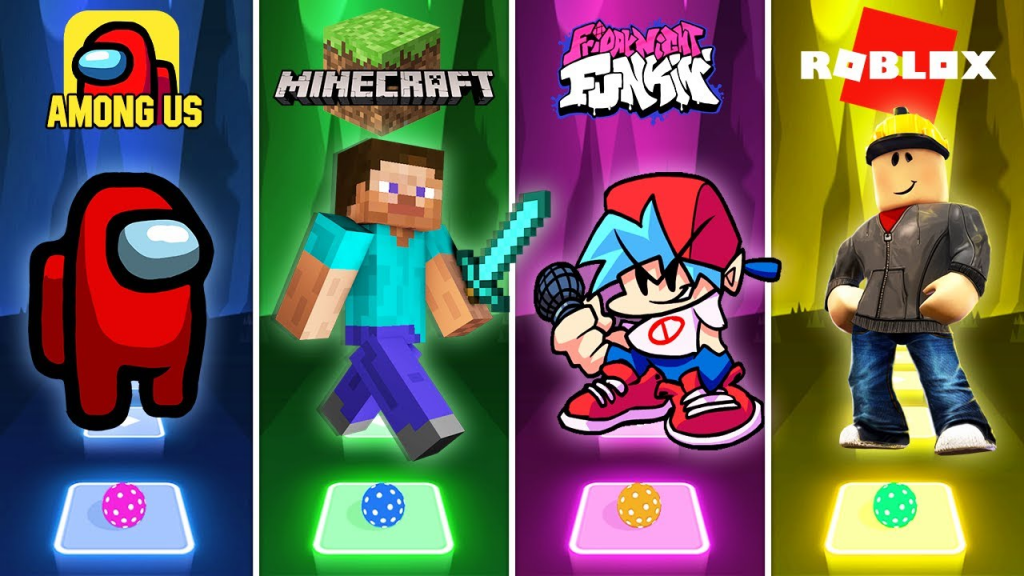
The Power of Branding: Creating a Strong Identity for Your Game
Branding is more than just a memorable logo; it’s about creating an identity that reflects the essence of your game. It involves meticulous crafting of every element that represents your game, ensuring consistency across all mediums. Effective branding facilitates instant recognition, evoking the feelings and experiences associated with your game.
Visual Consistency: Designing a Recognizable Aesthetic for Your Game
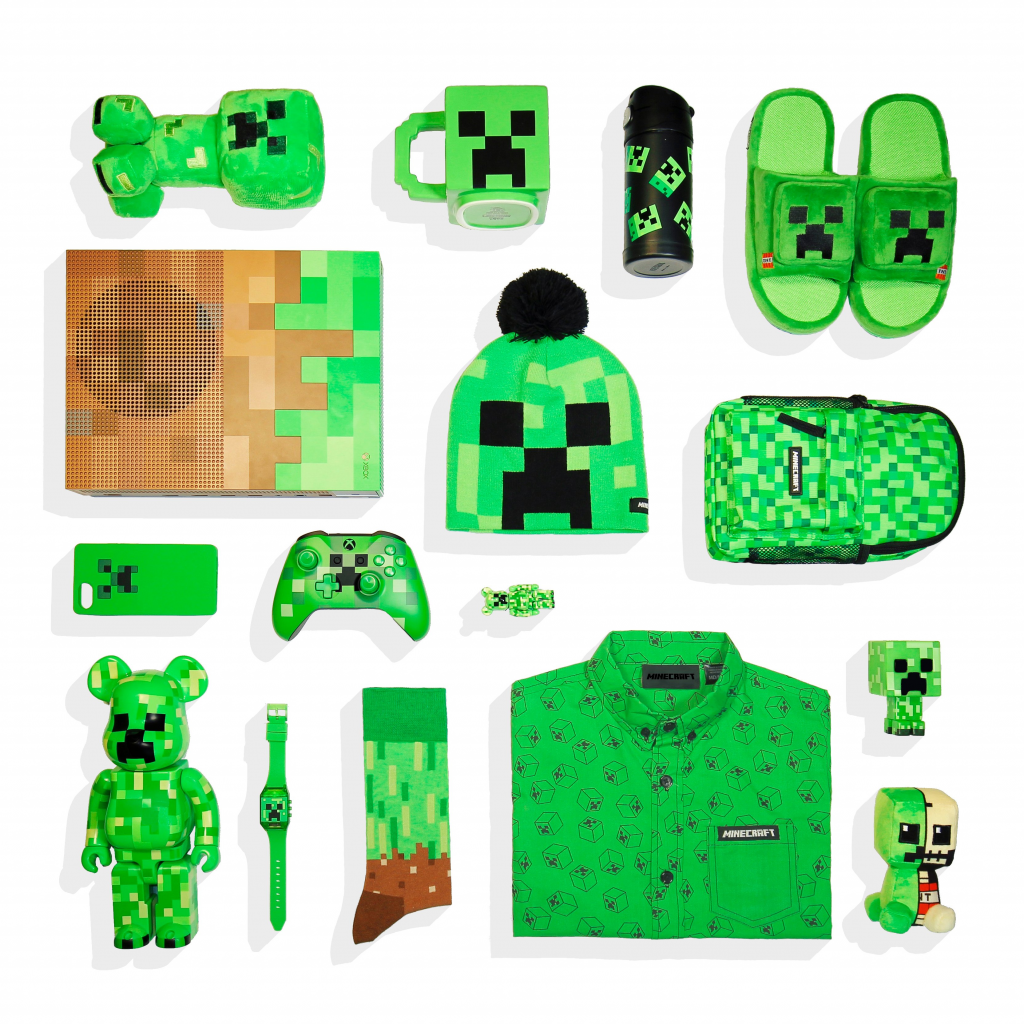
Developing a cohesive visual aesthetic is paramount. It involves synergizing color schemes, typography, and graphical elements to create a distinctive and harmonious look. This consistent visual language helps in building brand recognition and loyalty among the gaming community, ensuring that your game is distinguishable in the crowded marketplace.
Developing a Unique Voice: Crafting Communications that Resonate
Communicating your game’s ethos through a unique and relatable voice is essential. Whether it’s through promotional materials, social media posts, or in-game dialogues, a consistent and compelling voice reinforces brand identity and forms deeper connections with the players. It should convey the spirit and values of the game, resonating with the audience and enhancing the overall brand experience.
Crafting a Compelling Narrative: Storytelling as a Marketing Tool
Narrative is a powerful tool that can elevate your game by providing context and emotional resonance. Crafting a compelling narrative involves weaving together gameplay elements, characters, and plotlines to create a cohesive and engaging story.
Emotional Connection: Building Relations between Players and Your Game
A game that evokes emotions and creates a sense of empathy and connection can leave a lasting impact. Embedding relatable themes and experiences in your game can create a bond between the player and the game, fostering loyalty and enhancing player satisfaction. A strong emotional connection can turn players into brand ambassadors, sharing their experiences and promoting the game within their circles.
The Player’s Journey: Structuring Your Game’s Narrative for Maximum Impact

A well-structured narrative journey is essential for player engagement. It should be meticulously designed to guide players through a spectrum of emotions and experiences, maintaining a balance between challenge and reward. This requires a deep understanding of pacing, tension, and resolution, ensuring that players remain invested in the game and its world.
Digital Marketing Strategies: SEO, Social Media, and Content Creation
In the digital age, online marketing strategies are crucial for the visibility and success of your game. Leveraging SEO, social media, and content creation can drive traffic, engage audiences, and boost conversions.
Online Presence: Building and Maintaining an Effective Website
A dynamic and informative website acts as the central hub for your game, providing a platform for players to explore, learn, and engage. It’s crucial to regularly update the website with relevant content, maintain its functionality, and optimize it for search engines to attract a wider audience and establish a solid online presence.
Social Media Mastery: Engaging Audiences on Various Platforms

Efficient utilization of social media is key in building and maintaining a robust online community. It requires regular interaction, content sharing, and responsiveness to audience feedback across various platforms, allowing you to reach a diverse audience and keep them engaged and informed about your game.
Community Building: Creating and Nurturing Your Tribe
An active and engaged community can be the biggest advocate for your game. Building such a community involves constant engagement, transparency, and value addition. Hosting events, seeking feedback, and creating a supportive environment are essential in fostering loyalty and turning your players into long-term supporters.
Creating Value: Developing Content and Experiences for Your Community
Consistently providing valuable content and experiences is key in maintaining community interest and loyalty. This could range from insightful blog posts and engaging social media content to exciting in-game experiences and events. Offering exclusive content and rewarding community involvement can also enhance the perceived value of your game.
Open Dialogue: Encouraging and Managing Community Feedback
Maintaining an open and honest dialogue with your community is crucial. Acknowledging feedback, addressing concerns, and being transparent about developments and updates can foster trust and strengthen the bond between developers and players.
The Role of Influencers and Streamers: Collaborating for Mutual Growth
In an era where content is king, forging alliances with the right influencers and streamers is crucial. It’s not just about game visibility—it’s about creating authentic, engaging content that resonates with diverse audiences. The strategic partnership with influencers and streamers can propel a game’s popularity, making it a household name within gaming communities.
Identifying Allies: Finding Influencers and Streamers Aligned with Your Brand
Identifying the right influencers and streamers is a pivotal step in game marketing. This involves extensive research to find individuals whose brand ethos aligns with your game’s essence and values. Partnering with the right allies can ensure that your game receives the optimal exposure and reaches the right audiences, thereby increasing its popularity and player base. This alignment is not just about brand resonance; it’s about creating synergies that enhance the gaming experience and foster a community of enthusiasts.
Mutual Growth: Structuring Beneficial Collaborations
Crafting collaborations that are mutually advantageous is key to sustainable growth. This means developing partnerships that are equally rewarding for both the game developers and the influencers or streamers. Such collaborations can drive sustained interest and engagement from the audience, enabling both parties to expand their reach and influence. Structuring these collaborations involves clear communication of expectations, shared goals, and a commitment to mutual success. It’s about creating a win-win scenario where the influencer or streamer’s content is enriched by your game, and your game, in turn, gains increased visibility and credibility through their platform.

Incorporating influencers and streamers as an integral part of your marketing strategy can help in creating buzz around your game and establishing a strong foothold in the gaming industry. It’s about leveraging shared values and goals to create enriching content that captivates and expands your audience. Through mutual growth and aligned interests, game developers and influencers/streamers can together navigate the path to unprecedented success in the gaming world.
Optimizing Game Distribution
Optimizing game distribution is a meticulous process and a critical step for indie game developers. It’s not just about reaching audiences; it’s about reaching the right audiences in the right way, ensuring the game is accessible, visible, and enticing to potential players. It’s about making informed decisions to maximize reach and impact, balancing various elements to optimize the user experience from discovery to download.
Selecting Suitable Platforms: Making Informed Choices for Game Releases
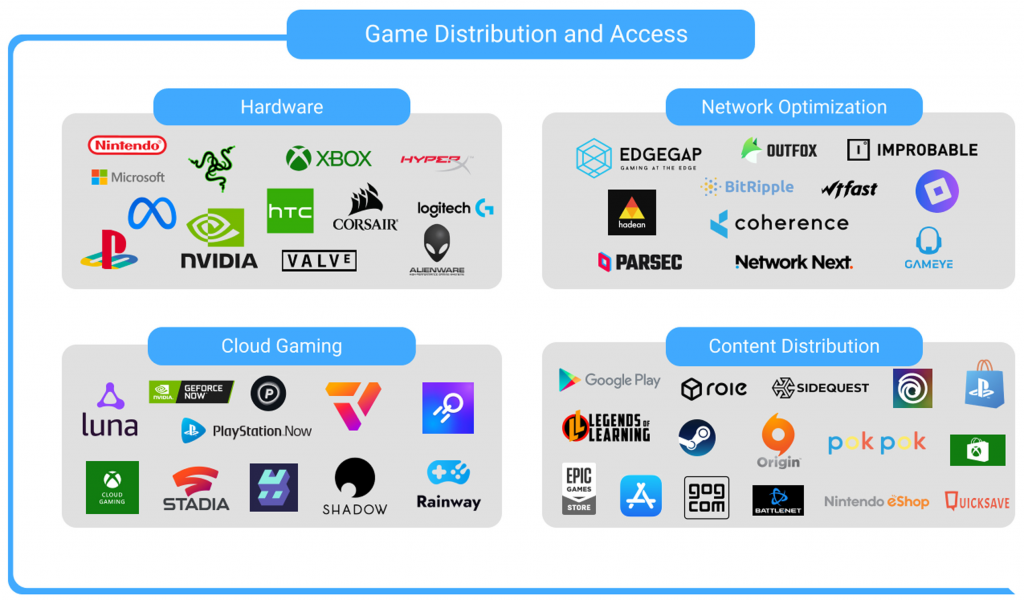
The choice of distribution platforms is pivotal. Developers must scrutinize each platform’s user base, functionality, and financial models. This involves analyzing the demographics and preferences of users on each platform and aligning them with the game’s genre, style, and requirements. An informed choice of platforms can enhance visibility and accessibility, ensuring the game reaches its intended audience and achieves its potential.
Platform Potential: Evaluating the Pros and Cons of Various Distribution Channels
Each distribution channel holds unique potential and challenges. Developers should evaluate the advantages and disadvantages of each, considering factors like user experience, revenue share, and market saturation. It’s crucial to balance the prospects and limitations of each channel to determine the optimal mix for game distribution, ensuring sustained visibility and accessibility among potential players.
Strategic Placement: Positioning Your Game for Maximum Visibility and Accessibility
Strategic placement is about positioning the game where it’s most visible and accessible to potential players. It involves optimizing game listings, leveraging featured spots, and utilizing platform algorithms to enhance discoverability. By strategically placing the game on platforms and optimizing its presence, developers can maximize the game’s reach and attract a larger and more diverse player base.
Efficient Distribution through No-Code Storefronts: Reaching Wider Audiences Effortlessly
Leveraging no-code storefronts is a revolutionary way to distribute games efficiently. These platforms enable developers to reach wider audiences with minimal effort, reducing the technical barriers associated with game distribution. The seamless integration and user-friendly experience offered by no-code storefronts enhance game delivery and transactions, making the game more appealing to potential players.
User-Friendly Experience: Ensuring Smooth Transactions and Game Delivery
Providing a user-friendly experience is paramount in game distribution. Developers should ensure that transactions are smooth, and game delivery is seamless, minimizing any potential friction points. A well-optimized, user-friendly experience can significantly impact the game’s success, ensuring satisfaction and fostering loyalty among players.
Balancing Accessibility and Profit: Pricing Strategies for Indie Developers
Efficient pricing is a delicate act balancing perceived value against accessibility. Developers must conduct comprehensive market research to determine the sweet spot, where the price reflects the game’s value but also remains appealing to the target audience. Balancing affordability and perceived value can drive sales and player satisfaction, fostering a positive relationship between the developer and the player base.
Value Perception: Determining the Right Price Point for Your Game

Perception of value is subjective and crucial in pricing strategy. Developers need to understand what potential players are willing to pay by analyzing competitors and player expectations. The right price point is where the perceived value and the actual price meet, maximizing both profitability and accessibility. It’s a crucial aspect that can significantly impact the game’s market success.
Dynamic Pricing: Adjusting Prices Based on Market Demand and Competition
Dynamic pricing strategies allow developers to adjust prices in real-time, responding to market demand, competition, and other external factors. This approach enables developers to optimize prices continuously, capitalizing on peak demand periods and offering discounts to stimulate sales during lulls, thus maximizing revenue and maintaining a competitive edge in the market.
Managing Updates and Patches: Ensuring Smooth User Experiences Post-Launch
Regularly managing updates and patches is crucial for maintaining game integrity and user satisfaction. Developers must be proactive in identifying and addressing issues, optimizing game performance, and adding new content to keep the game fresh and engaging. Timely and effective updates and patches can enhance user experience, build player trust, and extend the game’s lifespan.
Regular Improvements: Planning and Implementing Updates Effectively
Implementing regular improvements and enhancements is essential for maintaining player interest and satisfaction. Developers should have a strategic plan for rolling out updates, balancing the introduction of new features, optimization of existing elements, and resolution of any identified issues. Effective planning and implementation of updates ensure the game remains engaging, competitive, and relevant in the evolving gaming landscape.
User-Centric Approach: Addressing User Concerns through Timely Patches
A user-centric approach to updates and patches involves prioritizing user feedback and concerns. Developers should maintain open channels for user feedback, addressing reported issues promptly and transparently. This approach fosters a positive relationship with the player base, builds trust, and enhances user satisfaction and loyalty.
Collaborating with Other Developers and Studios: Exploring Co-Distribution Opportunities
Collaborative efforts with other developers and studios can unlock new distribution avenues and audience segments. By identifying and forging synergistic partnerships, indie developers can leverage co-distribution opportunities to expand reach, share resources, and tap into diverse player bases, enriching the gaming ecosystem and enhancing mutual growth prospects.
Synergistic Partnerships: Identifying and Collaborating with Compatible Developers and Studios
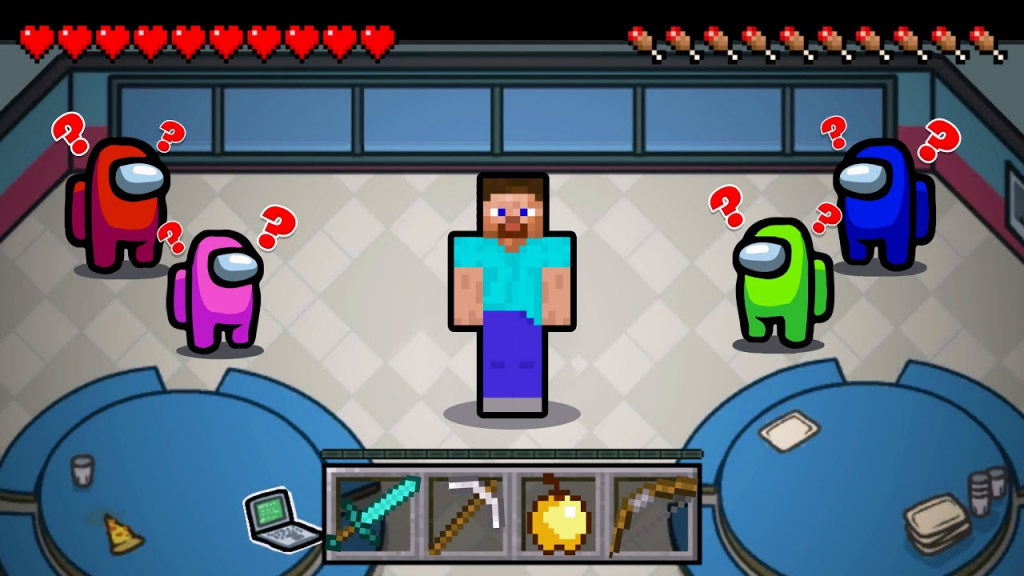
Forming partnerships based on synergy and mutual growth potentials can elevate the game’s reach and impact. Developers need to identify studios and developers whose vision, audience, and goals align with theirs. Collaborative endeavors based on compatibility and shared objectives can lead to innovative projects, expanded audience reach, and mutually beneficial growth.
Expanded Reach: Accessing New Audiences through Strategic Partnerships
Strategic partnerships can act as a catalyst, allowing developers to access new and diverse audiences. By leveraging shared resources, knowledge, and networks, developers can reach untapped markets, diversify player demographics, and achieve broader visibility and impact.
Transcending Boundaries: The Infinite Possibilities with Adequate Funding
With the right funding, indie developers can break boundaries, create innovative games, and realize their full potential in the gaming industry.
Funding grants indie developers the freedom to actualize their creative visions, bringing unique and engaging gaming experiences to the community.
Strategic marketing and optimized distribution are key components in realizing the full potential of indie games, contributing to their long-term success and impact in the gaming world.
Dream Big, Act Bigger: Leveraging Funding to Push Boundaries and Achieve Success
With proper funding, the opportunities are limitless. Indie developers can push boundaries, innovate, and achieve unparalleled success in the gaming industry.
Embark on your journey with the right strategies, and elevate your game to new heights in the competitive gaming landscape. Keep pushing, keep creating, and let the world experience your vision.

